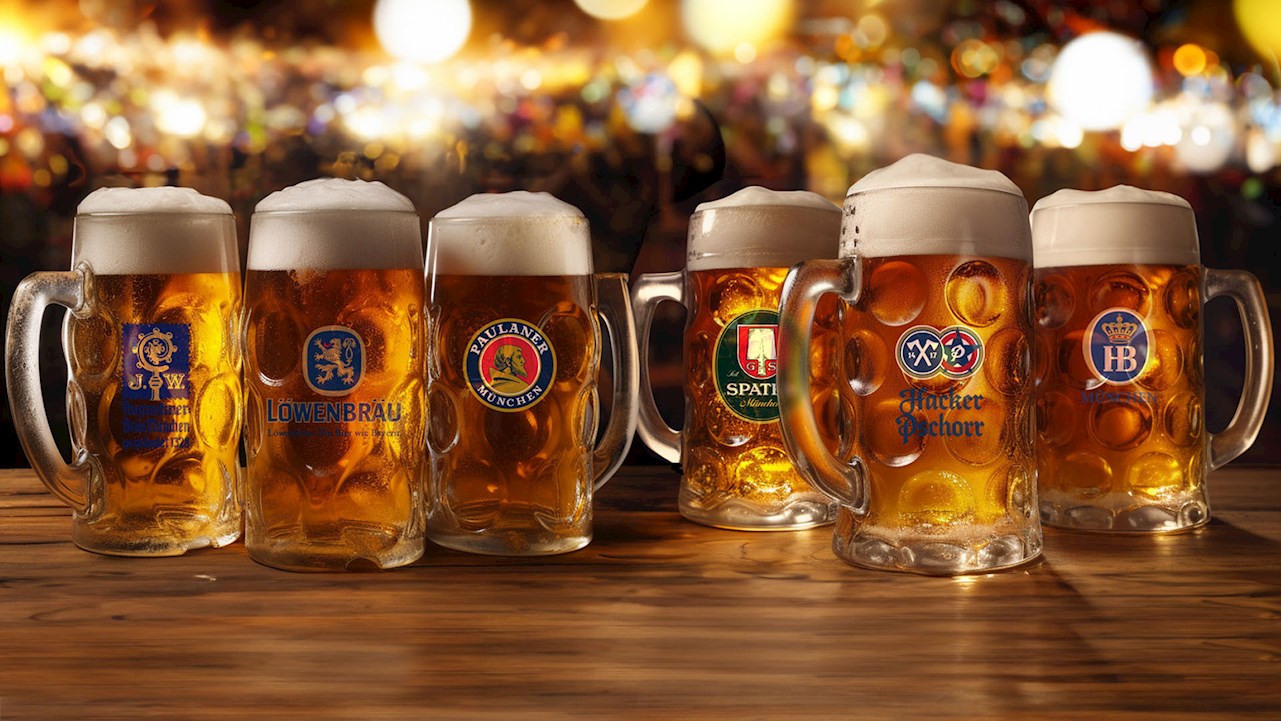Every autumn, millions of beer enthusiasts from around the globe converge on the vibrant city of Munich, Germany, for Oktoberfest, the world’s largest Volksfest (beer festival and traveling funfair). Spanning 16-18 days, this event is not just about beer—it’s about culture, tradition, and camaraderie. But let's face it, beer is definitely at the heart of this grand celebration.
It all started with a wedding
Oktoberfest has its roots in the early 19th century. The inaugural celebration took place in 1810, in honor of the marriage between Crown Prince Ludwig (later King Ludwig I of Bavaria) and Princess Therese of Saxe-Hildburghausen. The royal event included horse races, a feast, and, of course, beer.
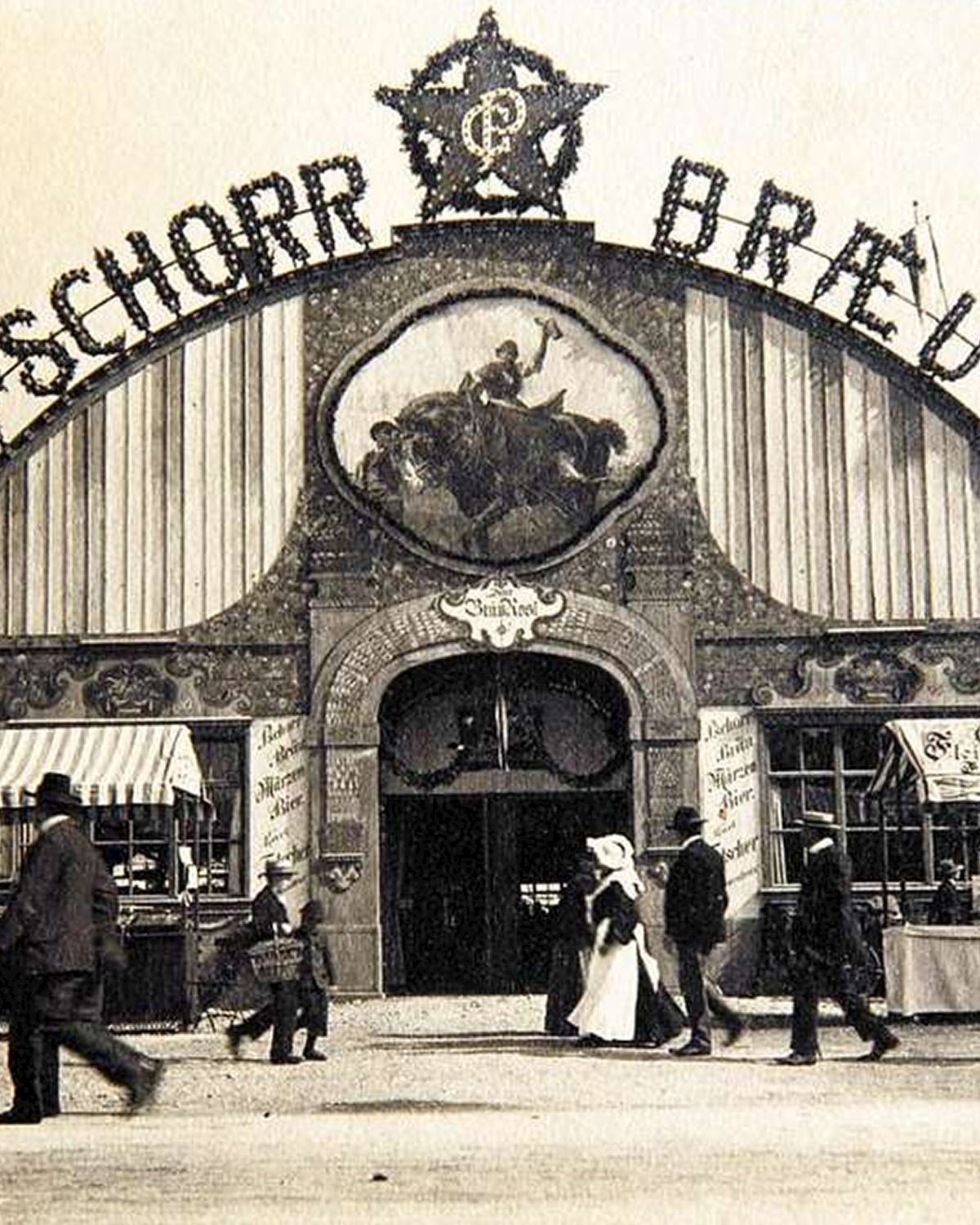 Credits: Public domain
Credits: Public domain
The festivities were such a hit that they decided to repeat it the next year, only this time as a celebration of Bavarian culture. The festival became an annual event, growing in size and scope with each passing year, and was held every year to this day (well, almost every year, exception being the war, cholera outbreaks and recent COVID pandemic).
The beer
While beer is synonymous with Oktoberfest, not just any beer can carry the title of an Oktoberfestbier, or Oktoberfest Beer. The Reinheitsgebot, or the Bavarian Purity Law of 1516, dictates that only beer brewed within the city limits of Munich and that adhere to specific criteria can be served at the festival. This ensures the quality and tradition of the beers that make the cut.
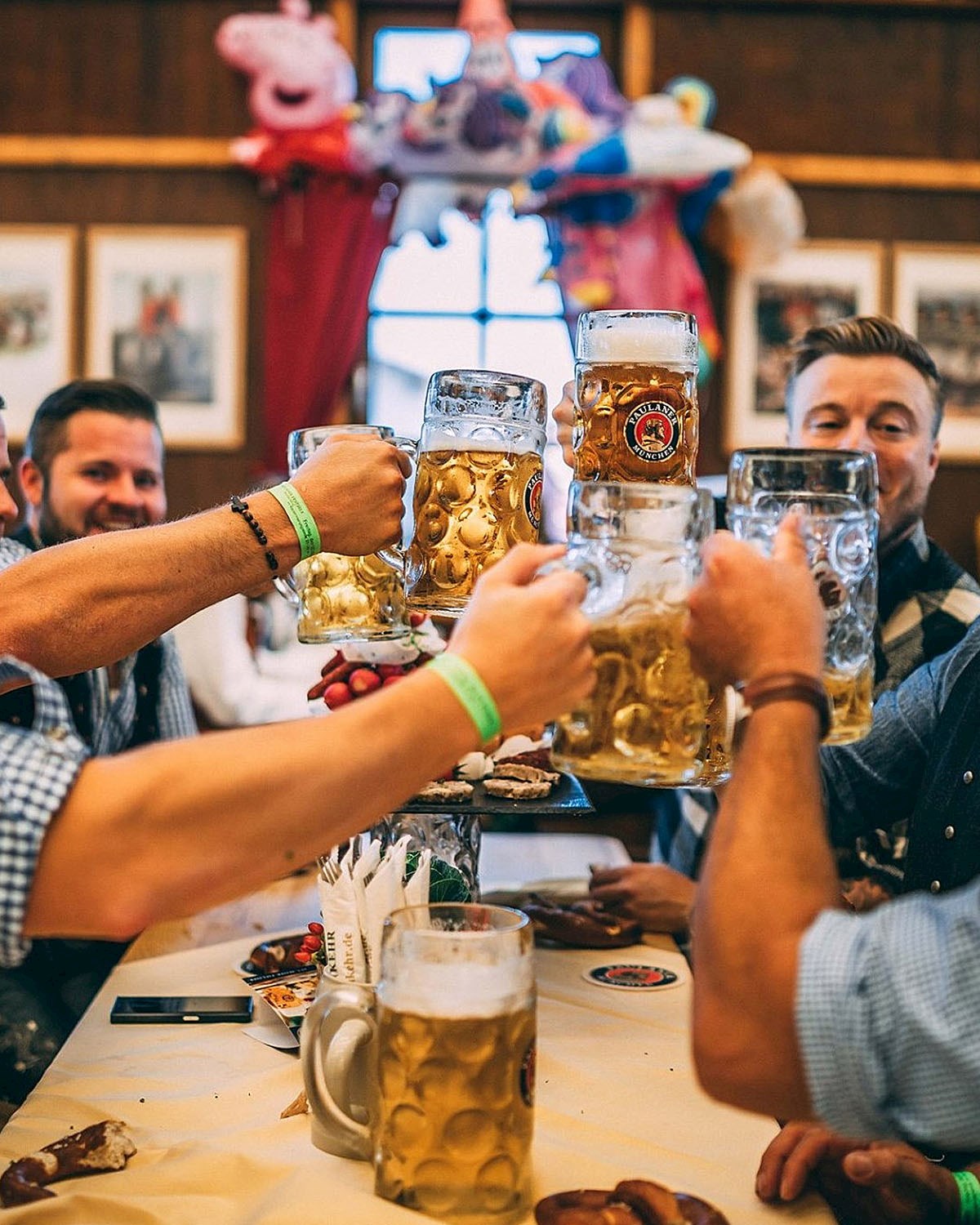 Oktoberfest Credits: https://www.oktoberfest.de/en
Oktoberfest Credits: https://www.oktoberfest.de/en
Oktoberfestbier should also follow the strict guidelines pertaining to the color, bitterness, alcohol content, and other qualities, regulated by the European Protected Geographical Indication (PGI).
In that regard, the beer must be a Märzen-style lager or a paler Festbier. Traditionally, Märzen-style lager beers were brewed in March (März in German) and stored in cool cellars to be enjoyed during the warmer months. They are characteristically rich, amber in color, and have an alcohol content of around 5.8% to 6.3%.
On the other hand, Festbier is a lighter, more drinkable version of the traditional Märzen-style lagers originally served at the festival. Over the years, as tastes evolved and drinkers favored a slightly less filling option for long Oktoberfest sessions, Festbier became more prevalent. It boasts a clear golden hue, a noticeable malty backbone with a crisp finish, and a subtle hop aroma.
While many breweries produce Märzen-style lagers globally, only beers from the six venerable Munich breweries can be officially deemed Oktoberfestbier. They are:
● AUGUSTINER BRÄU
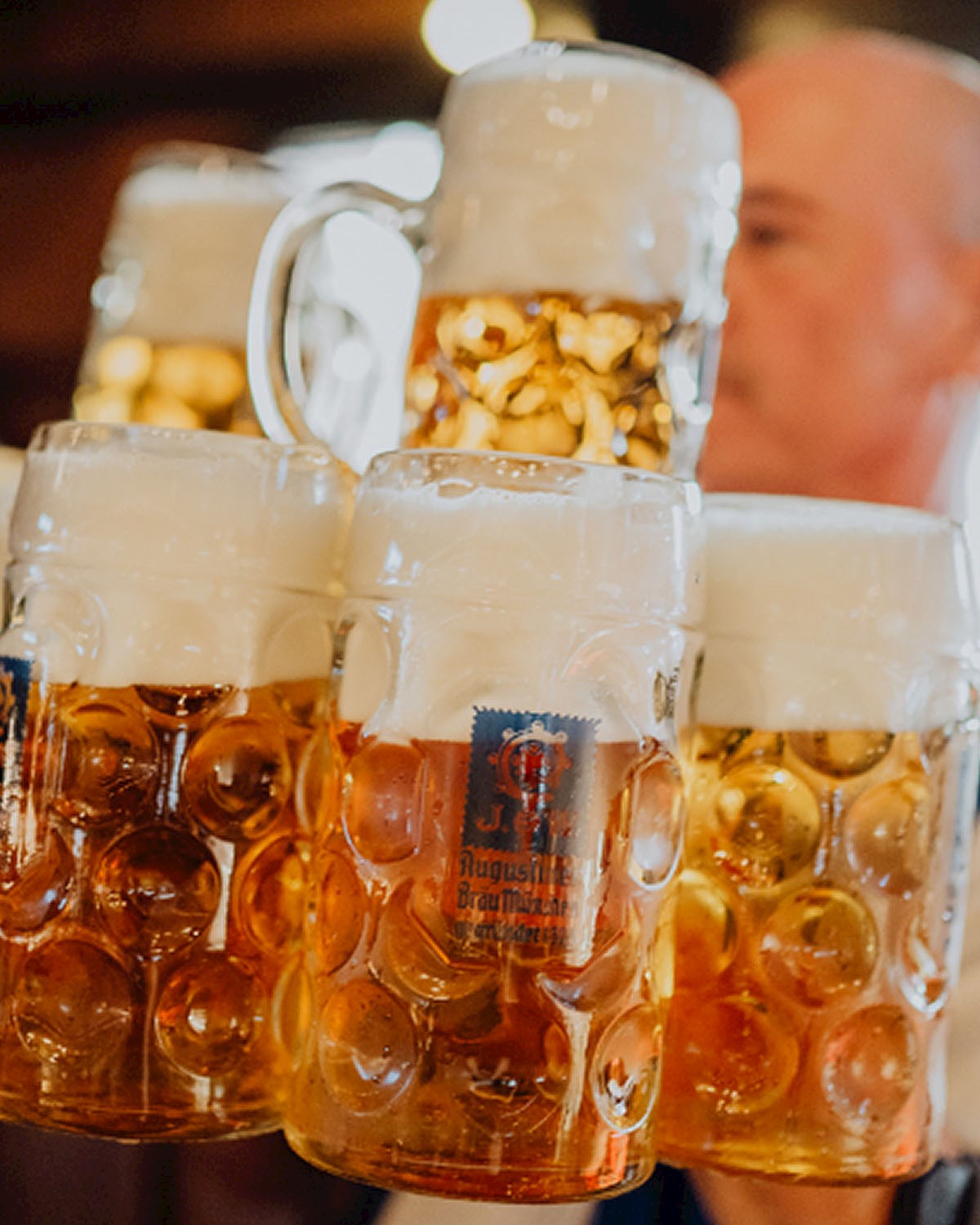 Credits: Augustiner Bräu-München
Credits: Augustiner Bräu-München
As Munich's oldest private brewery (founded in 1328 by monks of the Augustiner order), Augustiner's beer is often described as the 'soul of Oktoberfest.' The Augustiner Festhalle tent is often described as one of the most traditional and authentic tents at the festival, serving their beer directly from wooden barrels in keeping with age-old practices. Their beer is smooth and malty, making it a perennial favorite.
UNTAPPD RATING: 3.75/5
RATEBEER RATING: 3.24/5
● HACKER-PSCHORR BRÄU
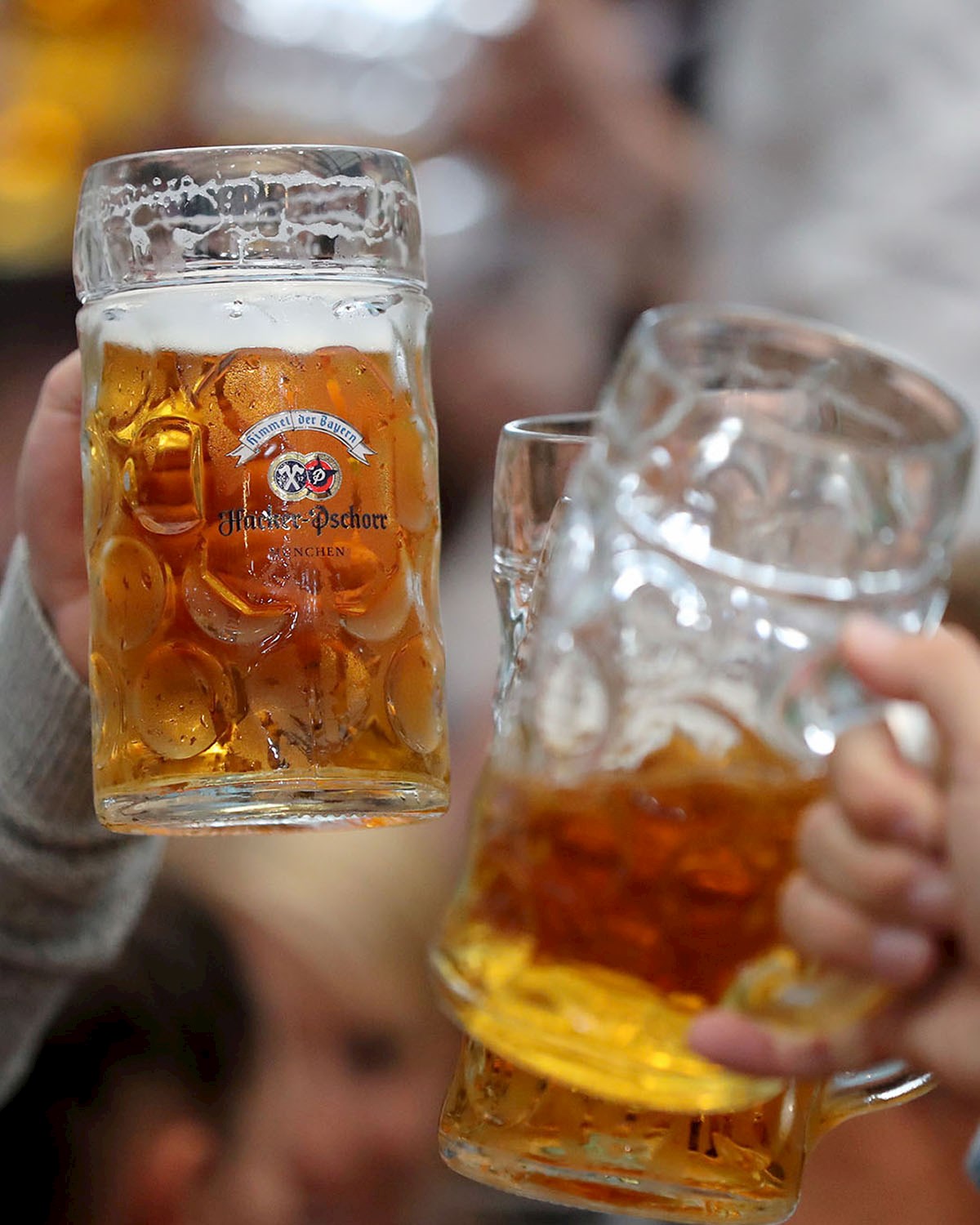 Credits: Hacker-Pschorr Bräu
Credits: Hacker-Pschorr Bräu
Legend has it that Hacker-Pschorr recipes have remained unchanged since the 1400s. Born from the merger of two historic breweries, Hacker and Pschorr, their Oktoberfest beer offers a unique blend of malty sweetness with a refreshing finish.
UNTAPPD RATING: 3.69/5
RATEBEER RATING: 3.19/5
● LÖWENBRÄU
 Credits: Löwenbräu
Credits: Löwenbräu
Löwenbräu, with its easily recognizable roaring lion emblem, by some accounts dates back to the 14th century, but is officially listed in the Munich brewing index in 1746. Their Oktoberfest brew is renowned for its balanced flavor, amber hue, and the distinctively hearty maltiness characteristic of the festival's beers.
UNTAPPD RATING: 3.33/5
RATEBEER RATING: 2.84/5
● PAULANER BRÄU
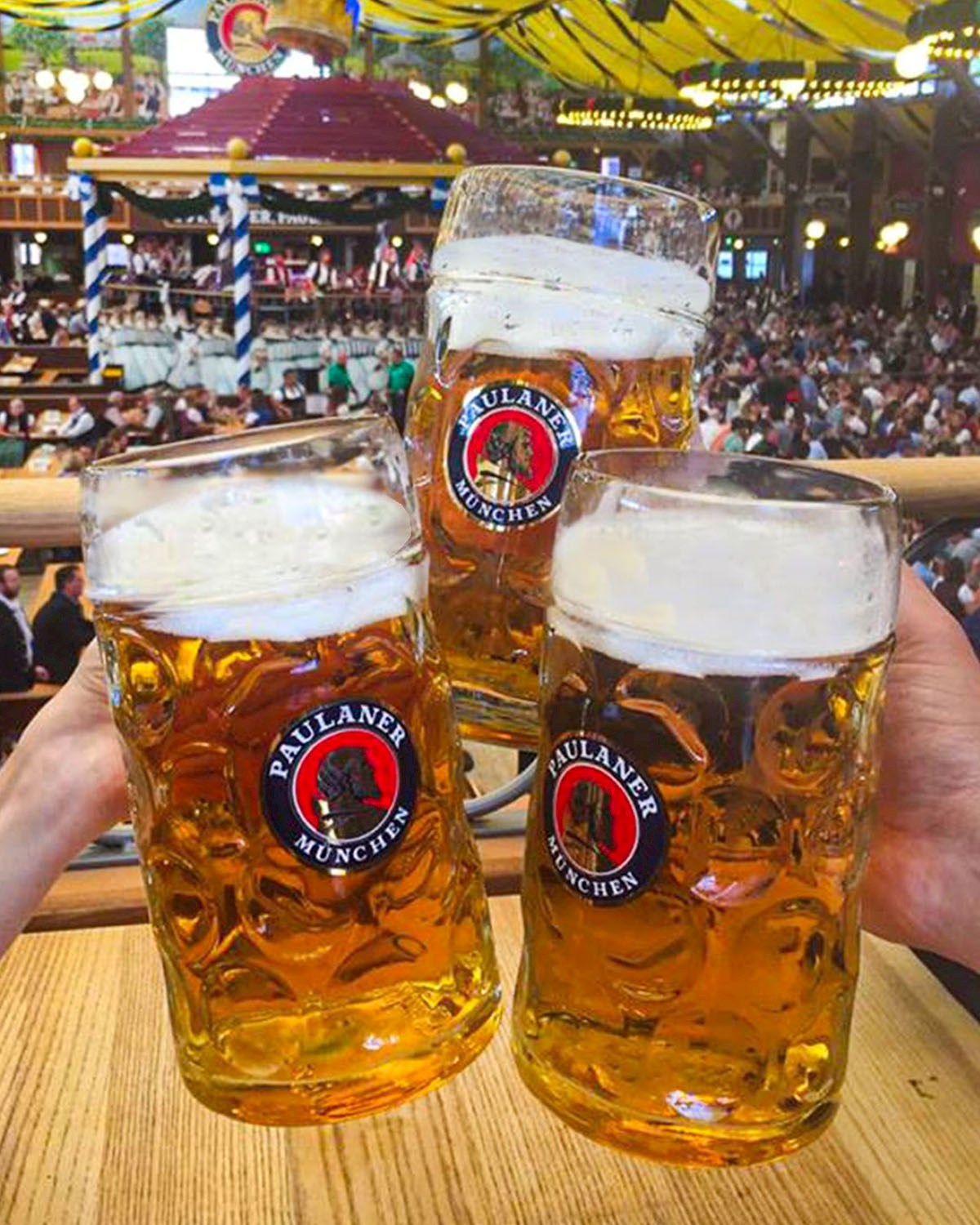 Credits: Paulaner Brauerei
Credits: Paulaner Brauerei
Paulaner, one of Munich's iconic breweries, boasts a strong presence at Oktoberfest with roots extending back to the early 1600s when it was initially brewed by Minim monks. Their celebrated Paulaner Oktoberfest Märzen is a brew that encapsulates tradition with its amber hue, rich malt flavor, and refreshing finish.
UNTAPPD RATING: 3.55/5
RATEBEER RATING: 3.19/5
● SPATEN-FRANZISKANER BRÄU
 Credits: Spaten-Franziskaner Bräu
Credits: Spaten-Franziskaner Bräu
Spaten-Franziskaner Bräu, one of Munich's venerable breweries, has a storied history that dates back to the 1397. Spaten's Oktoberfest beer is lauded for its deep amber color, subtle nutty notes, and a malty sweetness that finishes crisply — a true embodiment of centuries-old brewing craftsmanship and the festive essence of Oktoberfest.
UNTAPPD RATING: 3.55/5
RATEBEER RATING: 3.07/5
● STAATLICHES HOFBRÄU
 Credits: Staatliches Hofbräu-München
Credits: Staatliches Hofbräu-München
Staatliches Hofbräu-München, often simply referred to as Hofbräu, has a rich history that began in 1589, originally catering exclusively to the Bavarian royal family. Today, Hofbräu's presence at Oktoberfest is unmistakable, with the Hofbräu-Festzelt being one of the largest and most frequented tents at the festival. This brewery offers an Oktoberfest beer that stands out for its full-bodied taste, slightly higher alcohol content, and a refreshing finish.
UNTAPPD RATING: 3.60/5
RATEBEER RATING: 3.03/5
It's not just a beer festival, it's THE beer festival
Munich's Oktoberfest is a colossal event, boasting impressive numbers that showcase its significance. Every year, over 6 million visitors from around the world converge on the city for the celebrations.
These attendees consume roughly 7 million liters of beer over the course of the festival. To put this in perspective, that's nearly three Olympic-sized swimming pools filled with beer!
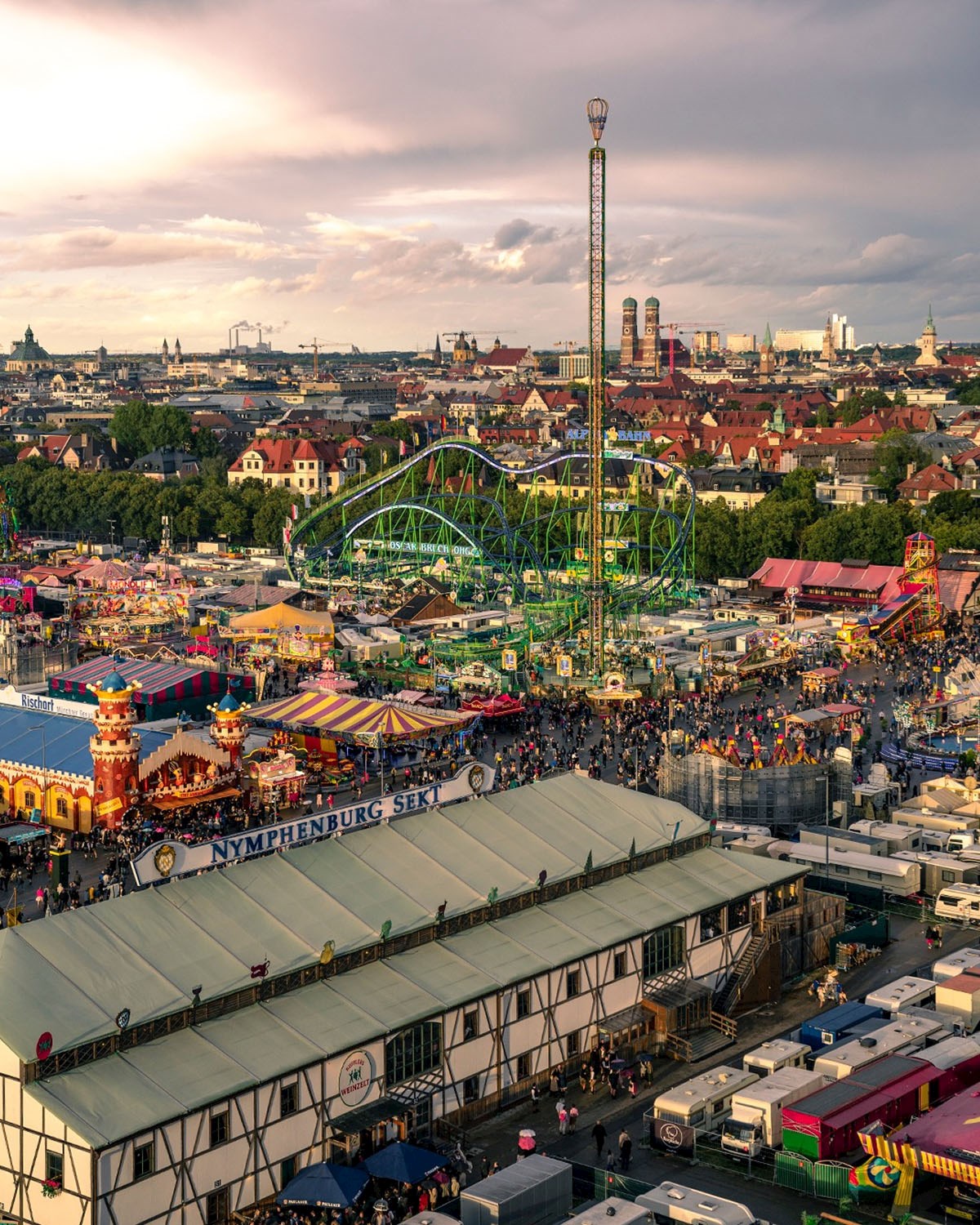 Credits: Oktoberfest
Credits: Oktoberfest
Alongside the beer, around 500,000 roast chickens, 120,000 pairs of pork sausages, and 50,000 pork knuckles are savored over the festival's duration. Add to this the countless pretzels, strudels, and other Bavarian delicacies, and you have a feast fit for a city.
Financially, the event contributes over €1 billion to Munich's economy annually. Additionally, the "Wiesn" (as locals call Theresienwiese fairground) sees the setting up of 14 large and 20 smaller tents, accommodating tens of thousands of revelers at any given time. The largest tent can accommodate over 10,000 visitors, with the Schottenhamel tent having the honor of hosting the festival's opening ceremony where the Mayor of Munich taps the first keg.
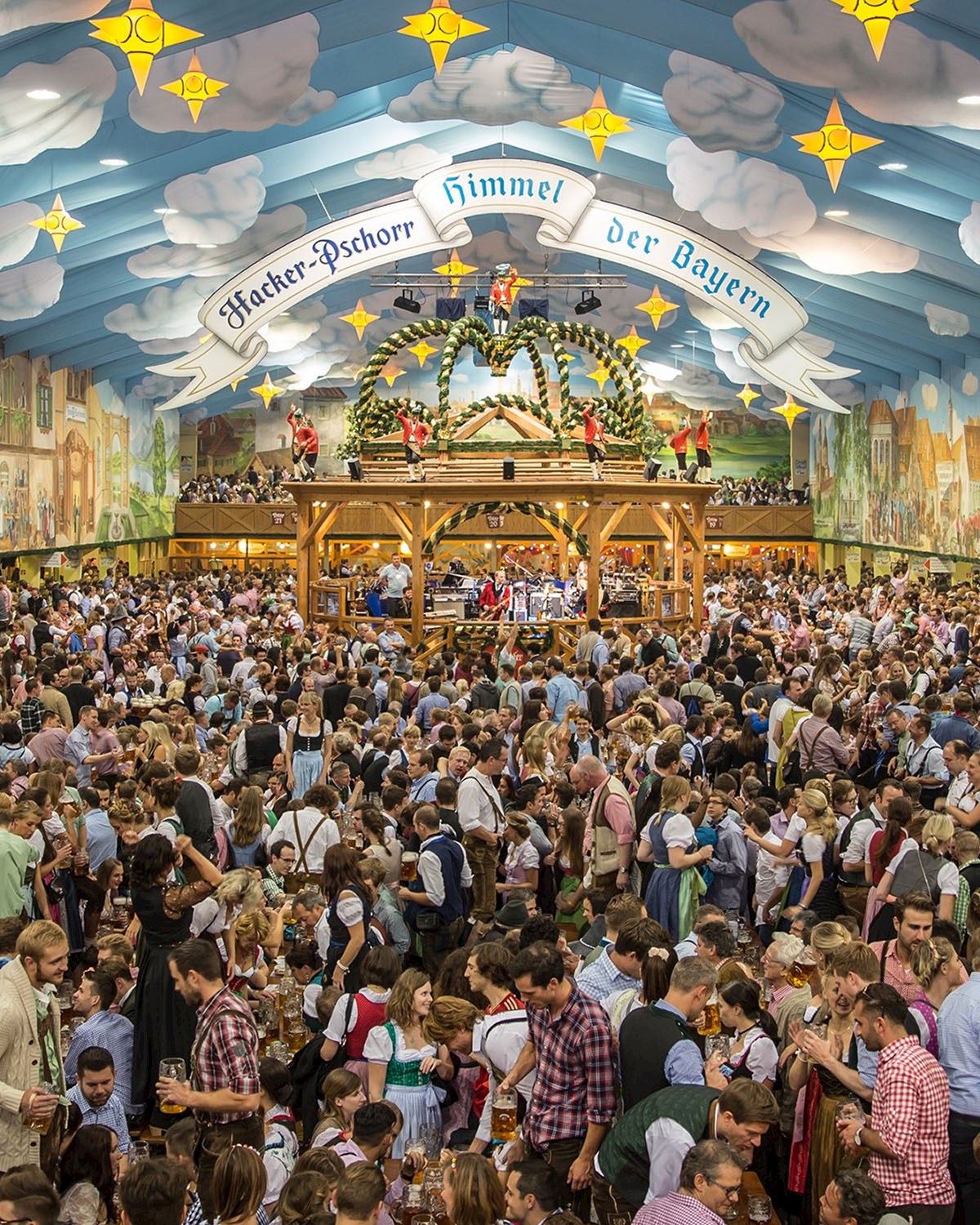 Credits: Oktoberfest
Credits: Oktoberfest
As a testament to its significance, Oktoberfest has taken on global appeal, with celebrations popping up in corners far from Germany. In the United States, cities like Cincinnati and Denver host large-scale Oktoberfest events, drawing tens of thousands with beer, bratwursts, and lederhosen-clad festivities. Over in Brazil, Blumenau's Oktoberfest is one of the largest outside Germany, embracing both German and Brazilian cultures. Australia, too, partakes in the merriment with Sydney and Melbourne offering beer tents and Bavarian dances. From Asia to Africa, Oktoberfest's spirit transcends borders, showcasing a unique blend of local traditions with German heritage.
What to eat and drink in Munich
